Origami is the art of folding paper, and it is very popular in Japan. In Japanese, ‘ori’ stands for folding and ‘kami’ stands for paper.
The creative form of art involves transforming a sheet of paper into various shapes, including:
- animals
- plants
- and living creatures

The art form holds immense importance to Japanese culture, including:
- educational
- recreational
- religious
- and ceremonial
Although there was no specific date when the art form began in Japan, it is believed that it began nearly 2000 years ago after the invention of paper by the Chinese.
Paper was brought to Japan by Buddhist monks about 500 years after its invention.
[lasso type=”table” id=”78″ link_id=”9030″]
Table of Contents
The Importance of Origami to Japanese Culture
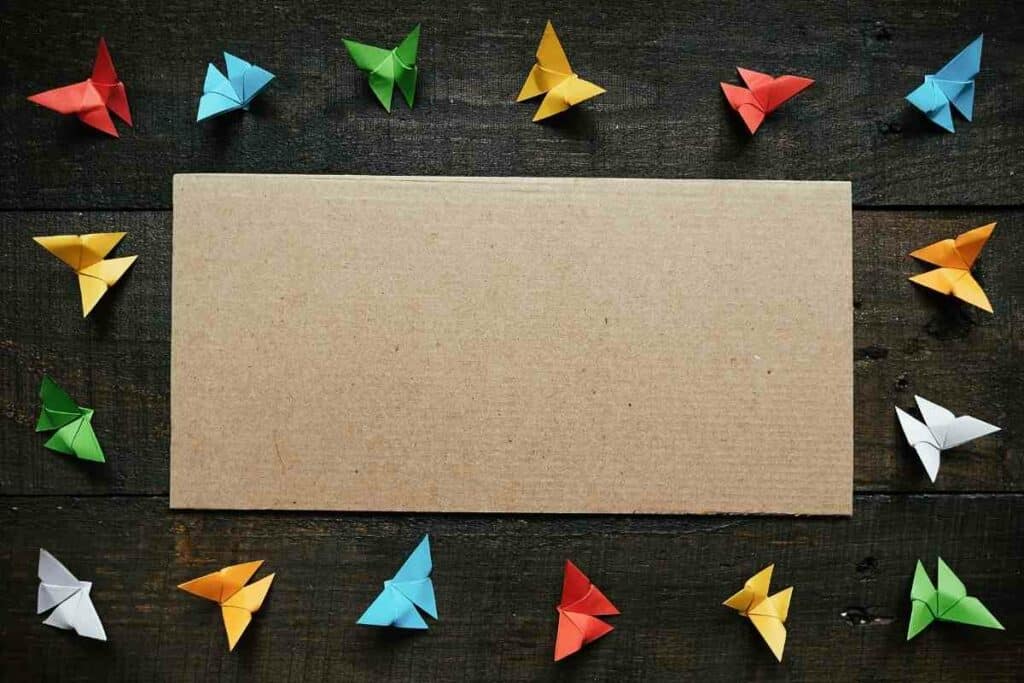
After it was brought into Japan, Origami was only practiced by religious leaders and wealthy people because the paper was extremely expensive for everyone to afford.
However, the availability of paper allowed everybody to practice Origami, but for recreational purposes.
Some of the symbolic uses of Origami included the following.
Gearing up for a journey to Japan? Our partner, Japan Objects Store, offers all the necessary items for your travel, alongside a wide range of authentic Japanese products.
As gifts from the gods
When Buddhist monks brought the paper into Japan, Shinto priests were fascinated by its beauty, purity, and perfection.
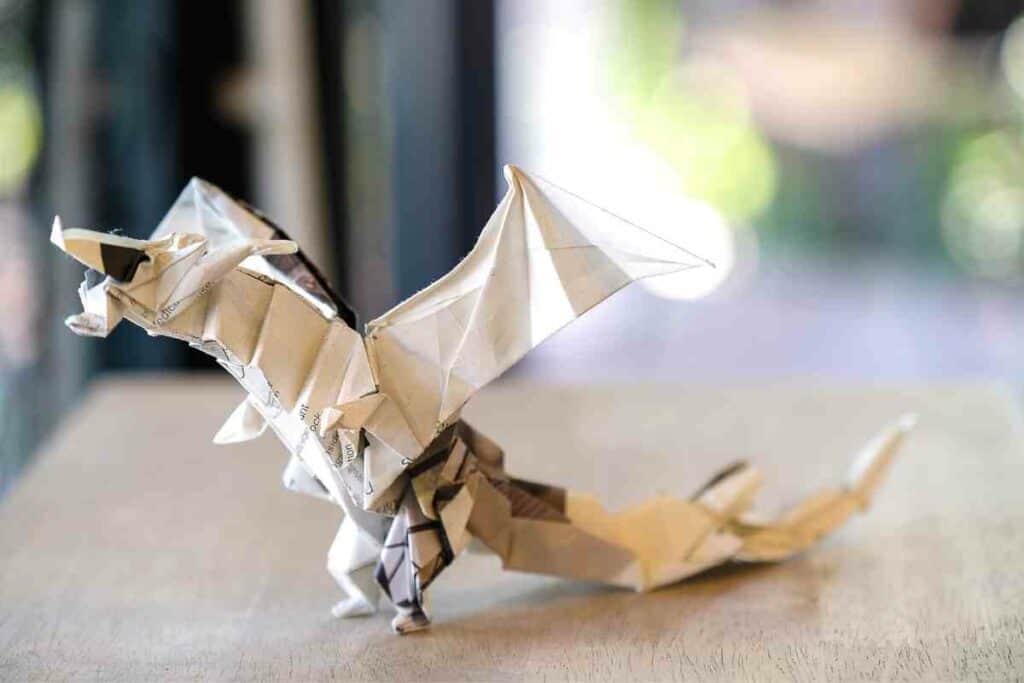
The priest viewed the paper qualities as a representation of the gods or a gift from the gods.
Therefore: They practiced paper folding to appease the gods by presenting the artworks as offerings.
Booking.com
A representation of bliss on earth
Similarly, kami, meaning paper, has an identical pronunciation with kami, the Shinto deity.
The Shinto believe in purity and the fact that it is indistinguishably linked with that of virginity; they viewed the paper as a representation of bliss on earth.
Therefore, making natural paper the perfect medium of expression for divine nature.
Folding the spotless natural paper gave it a sign of presence.
It represented the cycle of human life
The Shinto also viewed the paper as representing the cycle of a human life that is life and death.
Shinto believes that no one is good or evil, and it’s upon each person to choose their path. Similarly, shaping paper is easy and also applies to destroying it.
The burning of paper represented rebirth and could be molded into a similar shape.
The same happened when a Shinto shrine was rebuilt, resembling the exact image and architecture before.
This made Origami considered part of Shinto’s yearly celebrations, especially of fertility rites.
It signified peace and good luck
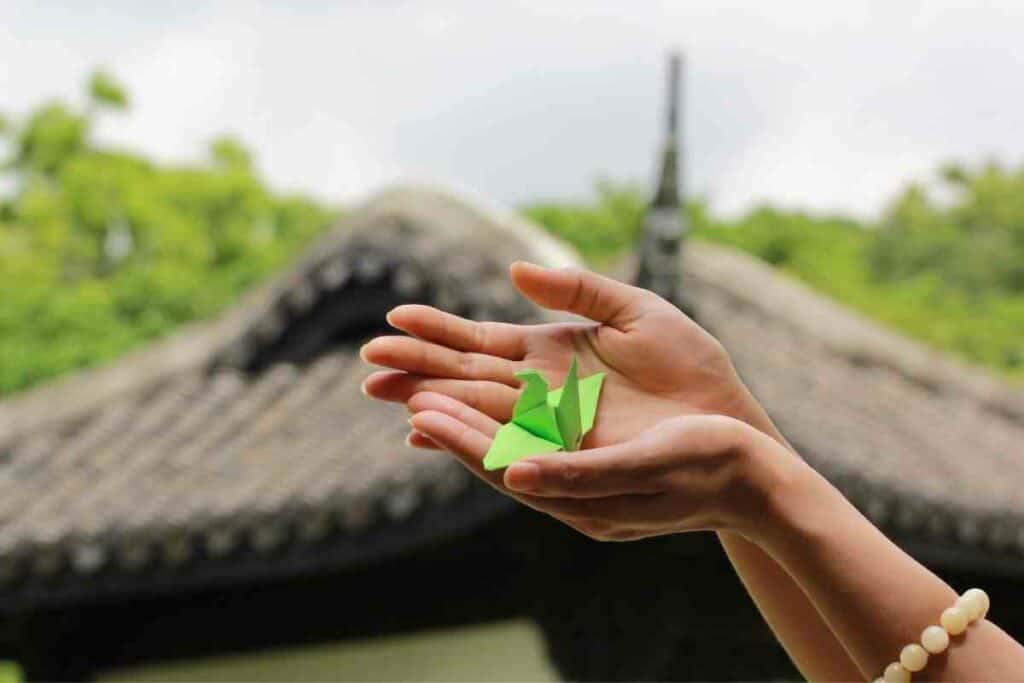
In Shinto shrines, Origami was also used for good luck and as a symbol of peace especially during weddings.
In the 17th Century – Shintos used origami butterflies during Shinto weddings. The beautiful artwork of butterflies used in Shinto weddings represented the bride and groom.
They also used origami butterflies to decorate sake cups during wedding ceremonies.
It is used for educational purposes
Origami is also used to enhance a child’s cognitive ability, and it is taught as a subject in kindergarten.
The art of folding paper has been applied in Japanese schools to teach geometry, thinking skills, fractions, problem-solving, and fun science.

The practice has shown its abilities in child development:
- At first, the art of folding paper involves several steps, thus helping children to perfect their skill of using hands.
- Additionally, the various steps and instruction involved in origami making helps train and enhance children’s memory.
- Origami also improves children’s imagination and creativity at an early age.
On the other hand, Origami was used to train young warriors by more experienced warriors during the Shogun period.
The young warriors were tasked to complete an origami paper fold as a training program.
The aim of the training program was meant to increase intricacy to test for strategy and precision.
Additionally: The tasks also tested the young warrior’s discipline.
Recreational Origami
Apart from being used for religious ceremonies, Origami was used for recreational purposes.
Japanese families folded papers as a way of creating family memories and also interacting with children.
Through Family Interactions – Origami broadened children’s cultural awareness. Japanese people highly appreciated it due to the accessibility of paper and the connection it brought within the family.
Why Origami Cranes are Important
Different artworks developed in Origami, but the most important to the Japanese is the origami cranes.
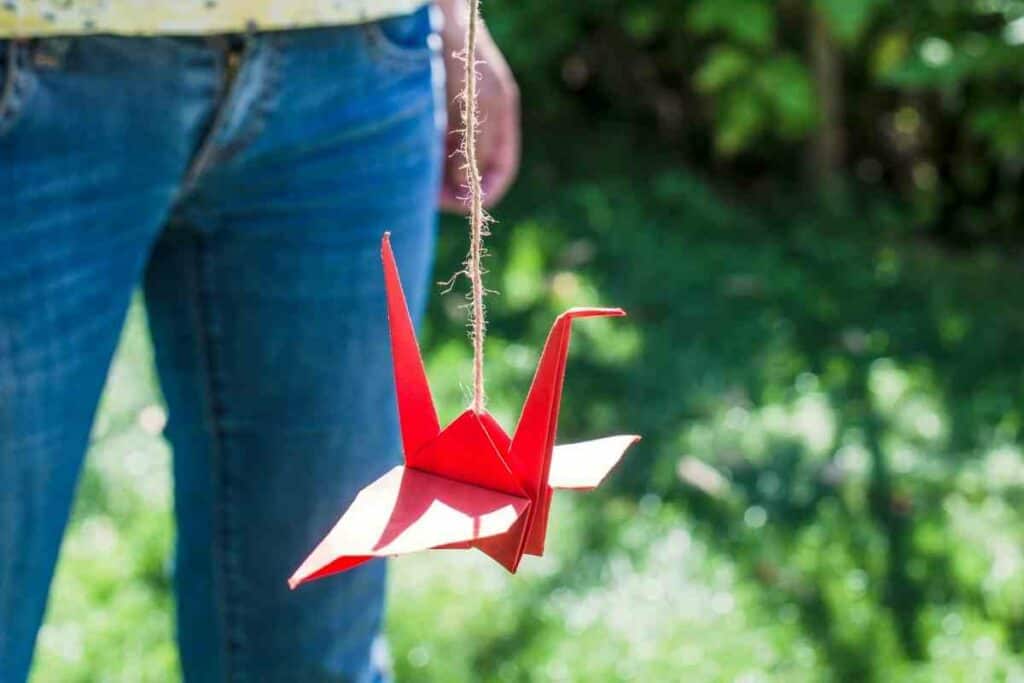
The Japanese people believe that origami cranes have supernatural powers:
- One thousand origami cranes hold cultural significance to the Japanese people.
- One thousand origami cranes represent a group of one thousand origami paper cranes grouped using a string.
According to legend, if an individual can fold one thousand origami paper cranes, then the gods will grant them all their wishes.
According to the Japanese, a crane is a holy creature. Therefore, it has the power to grant happiness, good luck, and healing.
Folding one thousand origami paper cranes is because the Japanese believe that cranes live for a thousand years.
However, for a wish to be granted, the person wishing to be granted the wish must fold one thousand origami cranes within one year, and he/ she must solely fold them.
As a Form of Healing – Origami cranes are evident from Sadako Sasaki, a survivor of the Hiroshima bomb. She was later diagnosed with leukemia and became known as the girl who folded one thousand origami paper cranes.
During her time of suffering, she folded the paper cranes to fight her pain.
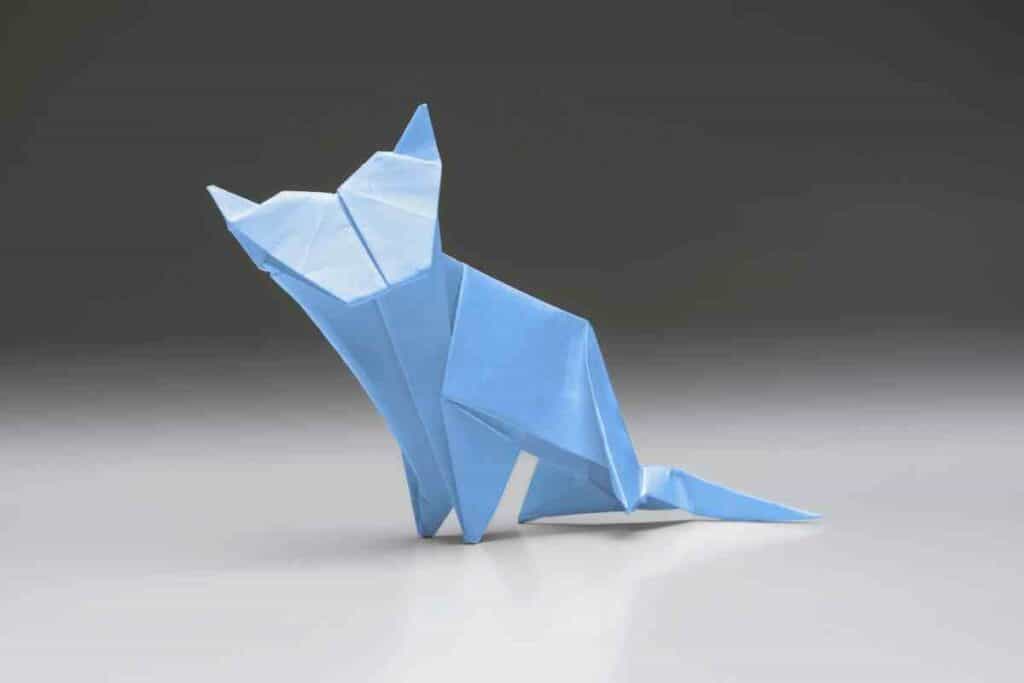
She used the practice to let out her pain and that of her parents with each paper crane she folded.
The cranes gave her and her parents solace, as they made her tolerant of the suffering her parents were going through and her pain.
Sadako’s works became a symbol of peace and healing.
Her paper cranes have been donated to other regions in the world that face disasters as a symbol of hope and resilience.
What Does Traditional Origami Represent?
During the early days, all origami paper artwork had a meaning and was considered highly by the Japanese.
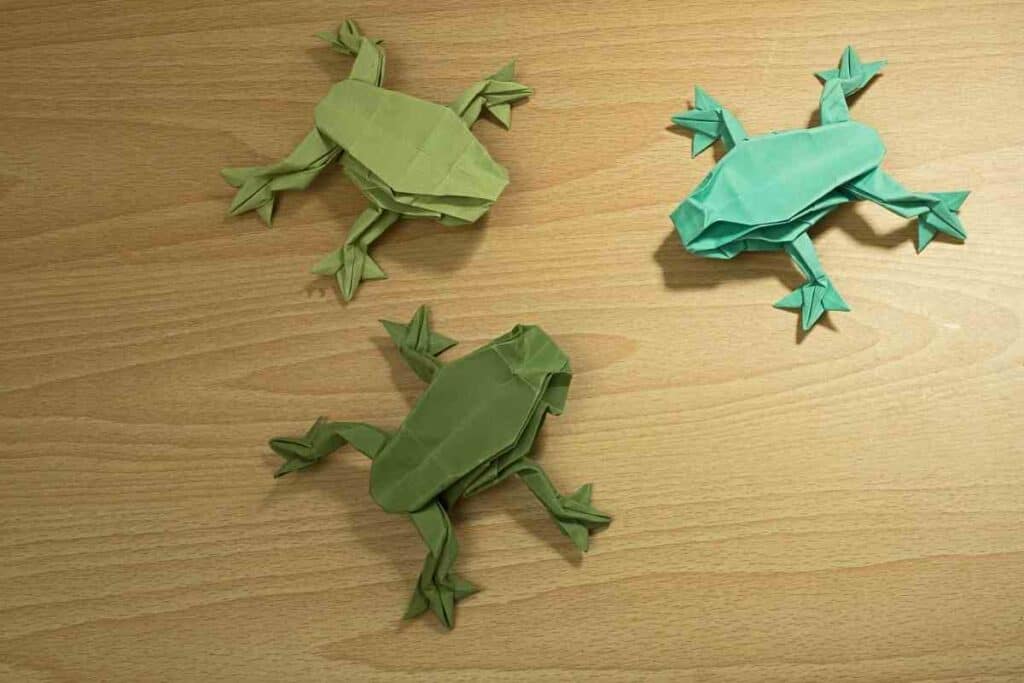
For example:
- Origami paper dragon represented power, success, and wisdom.
- Origami paper butterfly represented the transition of a girl into womanhood.
- Origami frog represented that money spent will return.
- Origami paper cat represented a representation of independence and strength.
- An origami paper crane had special importance to the Japanese people and culture. The Japanese view the crane as a god and grant them any wish they seek. Japanese people believed that cranes lived for one thousand years, thus representing long life.
Origami Today
As a result of globalization and Japan opening its borders, Japanese culture has spread to the West.
Origami culture has spread into other parts of the world, and it’s been accepted globally.
For Example – In Germany, an educator Friedrich Froebel applied the practice as part of his reform in the young children teaching structure. Another scholar, Rudolf Steiner, includes the practice in the curriculum.
Final Thoughts
Origami holds great importance to Japanese culture including, religious, educational, ceremonial, and recreational purposes.
With its adoption by other countries and continued practice in Japan, origami will not fade away rather, it will continue evolving.
In Case You Missed It
- 12 Things Tourists Should NEVER Say in Japan
- Kissing Robot: Exploring the Popularity of the Chinese Kissing App
- Unlocking the Secret Dating Rituals Only Locals Know in Japan
- Samurai Armor: Ancient Protection for Japan’s Elite Warriors
- 10 Amazing Facts About Schools in Japan: Unique Traditions and Educational Practices
- Where can you see snow monkeys in Japan: Best locations and viewing tips









